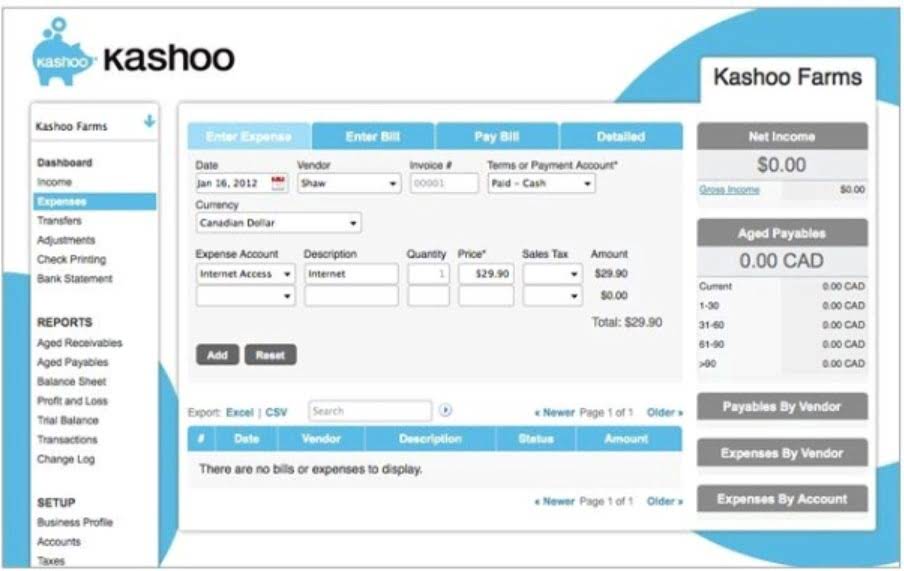It reflects income that cannot be accounted for by the income statement. Some examples of other comprehensive income are foreign currency hedge gains and losses, cash flow hedge gains and losses, and unrealized gains and losses for securities that are available for sale. Accumulated other comprehensive statement of comprehensive income income (OCI) includes all unrealized gains and losses reported in the equity section of the balance sheet that are netted below retained earnings. Under IFRS, comprehensive income is a crucial element of financial reporting, encapsulated in the Statement of Comprehensive Income.
Statement of Comprehensive Income: Definition Types Explanation
In financial accounting, corporate income can be broken down in a multitude of ways, and firms have some latitude on how and when to recognize and report their earnings. Two such measurements are comprehensive income and other comprehensive income (OCI). Though they sound similar, there are certain differences, primarily in the level of detail they provide into a company’s financial situation. Items included in comprehensive income, but not net income, are reported under the accumulated other comprehensive income section of shareholder’s equity. Although the income statement is a go-to document for assessing the financial health of a company, it falls short in a few aspects.
Other Comprehensive Income vs. Realized Income

Changes in the funded status of these plans, due to factors like actuarial gains or losses and changes in the fair value of plan assets, are included. This inclusion provides a clearer picture of the long-term obligations and financial commitments a company has towards its employees. When an asset has been sold, and therefore there will no longer be a fluctuation in its value, the realized gain or loss from the sale must be transferred from the balance sheet to the income statement. Other comprehensive income will then be transformed into regular income. Similarly, it highlights both the present and accrued expenses – expenses that the company is yet to pay. But if there’s a large unrealized gain or loss embedded in the assets or liabilities of a company, it could affect the future viability of the company drastically.
Main Purposes of Financial Statements (Explained)
Comprehensive income is the variation in the value of a company’s net assets from non-owner sources during a specific period. Unrealized income can be unrealized gains or losses on, for example, hedge/derivative financial instruments and foreign currency transaction gains or losses. These items are not part of net income, yet are important enough to be included in comprehensive income, giving the user a bigger, more comprehensive picture of the organization as a whole. In addition to investment and pension plan gains and losses, OCI includes hedging transactions a company performs to limit losses.
What’s the Benefit of the Comprehensive Income Statement?
Comprehensive income provides a complete view of a company’s income, some of which may not be fully captured on the income statement. Any held investment classified as available for sale, which is not intended to be held until maturity, and isn’t a loan or a receivable, may be recognized https://www.bookstime.com/ as other comprehensive income. To compensate for this, the Financial Accounting Standards Board (FASB) requires companies to use universal measurements to help provide investors and analysts with clear, easily accessible information on a company’s financial standing.
- Under IFRS, comprehensive income is a crucial element of financial reporting, encapsulated in the Statement of Comprehensive Income.
- It is calculated by subtracting total expenses from total revenues and is a key indicator of a company’s operational efficiency and profitability.
- Comprehensive income is the variation in the value of a company’s net assets from non-owner sources during a specific period.
- This content is for general information purposes only, and should not be used as a substitute for consultation with professional advisors.
- By including these unrealized gains and losses, comprehensive income reflects potential future impacts on the company’s financial position.
- The statements show the earnings per share or the net profit and how it’s distributed across the outstanding shares.
There are two main important types of income that contain in this statement that differentiate it from the income statement. The sum total of comprehensive income is calculated by adding net income to other comprehensive income. Once you have viewed this piece of content, to ensure you can access the content most relevant to you, please confirm your territory. These materials were downloaded from PwC’s Viewpoint (viewpoint.pwc.com) under license. Comprehensive income is the sum of a company’s net income and other comprehensive income. Retained earnings are the funds leftover from corporate profits after all expenses and dividends have been paid.
- In business accounting, other comprehensive income (OCI) includes revenues, expenses, gains, and losses that have yet to be realized and are excluded from net income on an income statement.
- Another area where the income statement falls short is the fact that it cannot predict a firm’s future success.
- Not to be confused with it, accumulated other comprehensive income is stated at a point in time, and totals the unrealized gains and losses recorded in other comprehensible income.
- In the expenses section, the cost of goods sold, operating expenses, and loss of the exchange rate are recorded in the same sections.
- It is excluded from net income because the gains and losses have not yet been realized.
- However, since it is not from the ongoing operations of the company’s normal line of business, it is not appropriate to include it in the traditional income statements.
Main Elements of Financial Statements: Assets, Liabilities, Equity, Revenues, Expenses
- Like other publicly-traded companies, Ford Motor Company files quarterly and annual reports with the SEC.
- But if there’s a large unrealized gain or loss embedded in the assets or liabilities of a company, it could affect the future viability of the company drastically.
- If the assets invested in the plan are not sufficient, the company’s pension plan liability increases.
- As well as net income, comprehensive income includes unrealized gains and losses on available-for-sale investments.
- Net income, often referred to as the “bottom line,” represents the profit or loss a company has earned over a specific period, excluding any items that are not part of its core operations.
Multiple-step income statement
- The SCI, as well as the income statement, are financial reports that investors are interested in evaluating before they decide to invest in a company.
- OCI items occur more frequently in larger corporations that encounter such financial events.
- These materials were downloaded from PwC’s Viewpoint (viewpoint.pwc.com) under license.
- Once you have viewed this piece of content, to ensure you can access the content most relevant to you, please confirm your territory.
- Explore the key components and financial impact of comprehensive income, and understand its distinction from net income in financial reporting.
- It also includes cash flow hedges, which can change in value depending on the securities’ market value, and debt securities transferred from ‘available for sale’ to ‘held to maturity’—which may also incur unrealized gains or losses.






